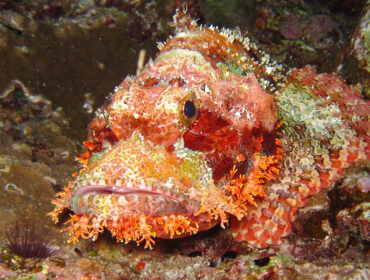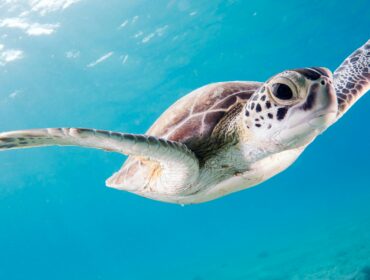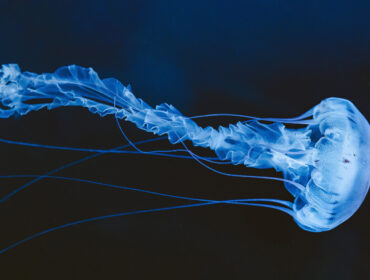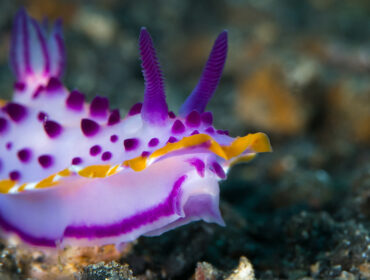Kelp forests are a rather unique natural environment that serves as a home for a variety of aquatic creatures. Here are just five marine animals of the kelp forest that contribute to the diversity of these habitats.
Sea Lion
Sea lions are proof that not all marine animals of the kelp forest are fish or invertebrates. Sea lions are smart enough to know that fish and invertebrates swim around the underwater greenery and use this to their advantage when hunting for food. Sea lions also serve as a means of maintaining the population of the next creature on this list.
Sea Urchin
Sea urchins are among the most prevalent herbivorous marine animals of the kelp forest. Sea urchin populations have been used to gauge the health of kelp forest ecosystems for years; when an excessive sea urchin population combines with an inadequate amount of floating vegetation, the sea urchins will begin to eat on the kelp that has embedded into the substrate.
Bat Ray
The bat ray is a variety of eagle ray that favors the coastline of the Pacific. Bat rays primarily feed on small sea life and are not above using their wings to dig up shallowly embedded food sources like clams. The bat ray will only use its stinger when it feels threatened and, like all cartilaginous fish, constantly regrows new sets of teeth as old ones become useless or dislodged.
Octopus
Three major varieties of octopi have been known to reside within kelp forests: Enteroctopus dofleini, known more commonly as the Giant or North Pacific octopus lives for three to five years and can weigh up to 33 pounds; Octopus rubescens, commonly known as the ‘ruby’ octopus to distinguish itself from several species known as ‘red octopi’; and Octopus bimaculoides, known as ‘bimac’ or the California two-spot octopus due to its blue-ringed eye spots.
Cabezon
Cabezons are large, scaleless sculpin species that live along the kelp forest’s substrate. They feed on mollusks, crustaceans, invertebrates, fish, and fish eggs found along the bottom. Although the cabezon is hunted for its meat, its roe is toxic to humans.









